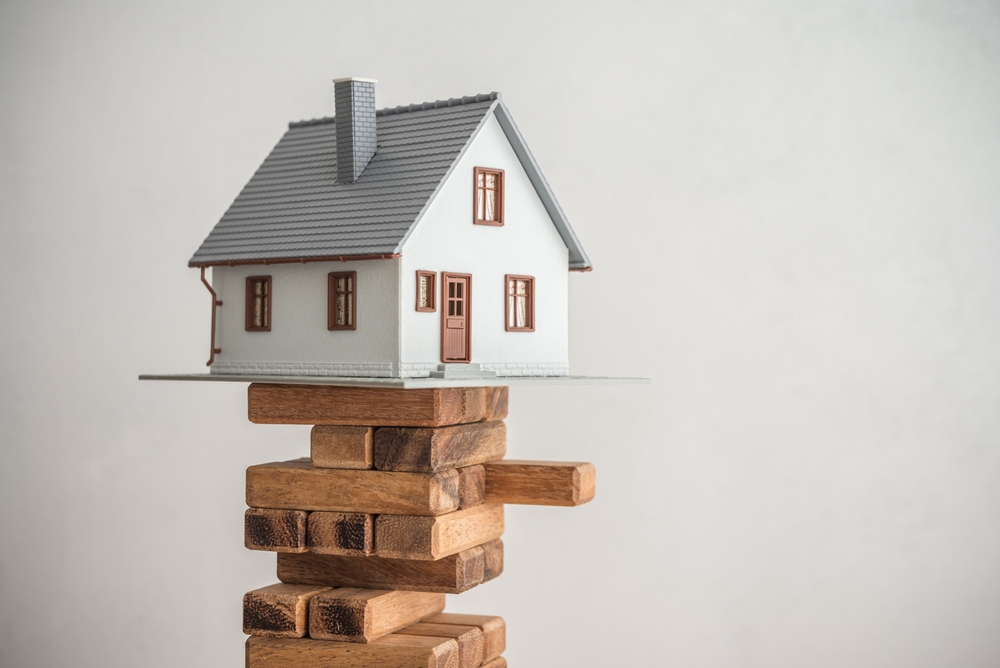Decoding Home Value: Practical Guide to Property Worth
Whether you're selling, refinancing, or simply curious, understanding how home value is calculated is essential. This guide explains appraisal methods, automated valuation models (AVMs), how market forces affect prices, and practical ways homeowners can boost property value. Learn how professionals evaluate homes and why combining tools yields the most reliable estimate.

How professionals figure out a property’s value
Licensed appraisers and local real estate agents rely on several established techniques to estimate a home’s market worth. One of the most widely used is the comparative market analysis (CMA), which compares recent sales of similar homes in the same neighborhood to establish a realistic price range. Appraisers also use the cost approach, which calculates how much it would cost to rebuild the property today minus depreciation, and the income approach, which is focused on rental or investment properties by capitalizing expected income. Beyond these methodologies, an on-site inspection and a review of neighborhood trends, local sales activity, and zoning or development changes are essential components of a professional valuation.
What automated valuation models (AVMs) do and their limits
Automated valuation models have grown popular because they deliver fast, low-cost estimates by processing large datasets. AVMs combine statistical techniques and machine learning with public records, recent sales, tax assessments, and physical attributes like square footage to generate a suggested value. They are useful for quick checks and broad market analysis but often miss recent upgrades, unique floor plans, or local nuances such as road noise or micro-neighborhood desirability. The accuracy of an AVM depends on the quality and recency of input data and the sophistication of the model, so results can vary considerably between providers.
Practical steps homeowners can take to raise property value
Homeowners who want to increase their property’s appeal and resale value can focus on targeted improvements: kitchens and bathrooms typically offer strong returns on investment when updated. Energy-efficiency upgrades—improved insulation, modern HVAC systems, or solar installations—not only reduce operating costs but also enhance buyer interest. Regular maintenance, such as fixing roof issues, addressing foundation cracks, and updating electrical or plumbing systems, preserves value and avoids negative inspection findings. Curb appeal matters too: clean landscaping, a fresh coat of exterior paint, and a tidy entrance create a favorable first impression for buyers and appraisers.
How market conditions shape pricing strategies
Local and national market forces play a big role in home pricing. In a seller’s market, where buyer demand exceeds available listings, sellers can often command higher prices and sell quickly, sometimes above listing price. Conversely, during a buyer’s market, excess inventory and weaker demand can pressure prices downward and prolong selling time. Interest rate movements, employment levels, and broader economic health also influence buyer affordability and confidence, which in turn affects how aggressively properties are priced and marketed. Understanding the current cycle — rising, plateauing, or declining — helps sellers and buyers set realistic expectations.
How reliable are online home value estimators?
Online estimators and instant home value calculators are convenient for obtaining a ballpark figure, but they should be treated as starting points rather than definitive answers. These tools are typically driven by AVMs and rely on publicly available records and recent sales; they often can’t account for interior renovations completed without permits, bespoke architectural features, or temporary market shocks. Because of this, an online estimate can differ substantially from a professional appraisal or a CMA performed by a local agent who knows neighborhood subtleties. For important decisions—selling, refinancing, or investment analysis—pair online estimates with professional input.
Best practice: combine tools and local expertise
No single method gives a perfect valuation every time. The most accurate picture usually comes from triangulating multiple sources: use AVMs to see broad trends, request a CMA from a local agent for market-based comparables, and hire a certified appraiser if you need a lender-accepted, detailed report. For income-producing properties, apply the income approach to verify that market prices align with expected returns. When possible, document recent upgrades and maintain records of repairs and permits—these improve transparency and can narrow differences between different valuation methods.
| Valuation Method | Provider | Key Features | Cost Estimation |
|---|---|---|---|
| Comparative Market Analysis | Local Real Estate Agent | Tailored comparables, neighborhood expertise | Often free (potential for future business) |
| Professional Appraisal | Certified Appraiser | In-depth report, accepted by lenders | $300 - $800 |
| Automated Valuation Model | Zillow (Zestimate) | Fast, free, uses public data | Free |
| Broker Price Opinion | Real Estate Broker | Faster than full appraisal, less detailed | $100 - $300 |
Prices, rates, or cost estimates mentioned in this article are based on the latest available information but may change over time. Independent research is advised before making financial decisions.
Final thoughts
Whether you are buying, selling, refinancing, or simply monitoring your investment, knowing how home value is determined helps you make better choices. Use a mix of automated tools, a local agent’s market insight, and a certified appraisal when necessary. Keep records of improvements, stay aware of market conditions, and prioritize maintenance to protect and potentially enhance your home’s value over time.






